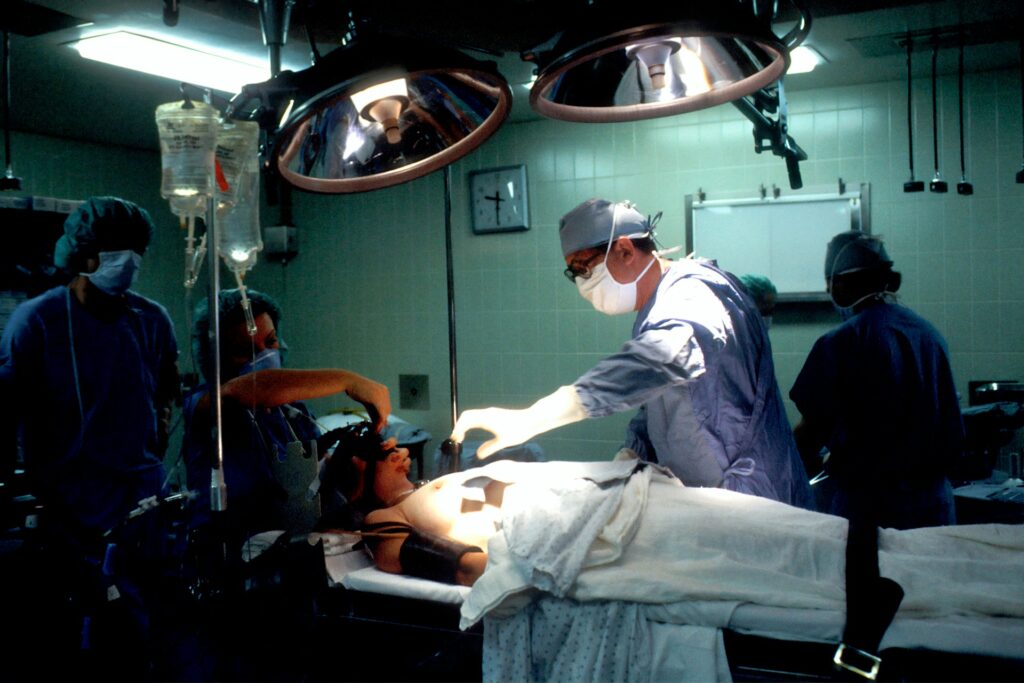
The Role of Standard Operating Procedures in Surgery Centers
Standard Operating Procedures (SOPs) are the backbone of operational consistency in surgical facilities. These detailed step-by-step instructions guide every aspect of care delivery, from patient admission through discharge. Well-constructed SOPs ensure that every member of the care team knows their responsibilities, which tools to use, and the precise actions required for routine or emergency situations. Facilities that complete regular surgery center policies facilities inspection comply with regulatory standards and identify areas where SOPs can be strengthened for patient safety.
Effective SOPs reduce uncertainty, prevent errors, and create a safer environment for patients undergoing procedures. By unifying team practices and offering a clear framework for action, SOPs transform complex workflows into standardized sequences that any qualified team member can follow.
Key Elements of Effective SOPs for Patient Safety
The strength of an SOP lies in its clarity, relevance, and accessibility. Each SOP should be written in plain language, ensuring that tasks, responsibilities, and safety checks are easy to follow. Integral elements include preoperative checklists, infection control protocols, instrument sterilization routines, medication management, and emergency response steps. According to AHRQ patient safety research, facilities with thorough SOPs experience fewer adverse events and respond more rapidly to unexpected incidents.
Continuous training and regular drills embedded in SOPs foster a safety-first culture among staff. These elements transform policies from static documents into living tools supporting safe and efficient surgical care.
Benefits for Healthcare Teams and Patients
The benefits of strong SOPs extend to both staff and patients. For healthcare teams, SOPs provide clarity, minimize ambiguity, and remove guesswork, enabling professionals to concentrate on patient care rather than procedural uncertainties. Clearly defined protocols improve teamwork and make handoffs between staff safer and more effective. For patients, this leads to consistently high standards of care, reduced risk of complications, and enhanced trust in the surgical team. Compelling research published in the National Institutes of Health journal shows that hospitals and centers with robust SOPs report higher patient satisfaction and fewer incidents of medical error.
Common Challenges in SOP Implementation
Introducing or updating SOPs is not without its hurdles. Resistance to change, inadequate staff training, and lack of ongoing review can all undermine the consistency that SOPs are designed to achieve. Additionally, SOPs can become outdated quickly, especially as new technologies and techniques are introduced into surgical practice. Keeping up with regulations and best practices requires regular assessment and input from all levels of staff. Addressing these challenges proactively helps build a culture of safety and continuous improvement.
Best Practices for SOP Development and Review
To create effective SOPs, facilities should involve multidisciplinary teams in the writing and review process. This ensures all roles are represented and the procedures reflect real-world workflows. Reviewing SOPs at least annually—and after significant incidents—keeps policies current. Incorporating feedback from front-line staff encourages engagement and uncovers practical improvements. Using visual aids such as flowcharts or checklists makes SOPs more accessible and easier to apply in fast-paced clinical environments.
Staying Informed: Resources for SOP Excellence
Continual learning is essential for advancing patient safety through SOPs. Resources help teams stay updated on best practices and the latest evidence-based guidelines. For deeper technical and organizational insights, the NIH’s published articles provide valuable data, real-world examples, and strategies for consistent SOP improvement. Embracing these resources ensures surgical teams remain prepared to deliver safe and effective surgical care at all times.






